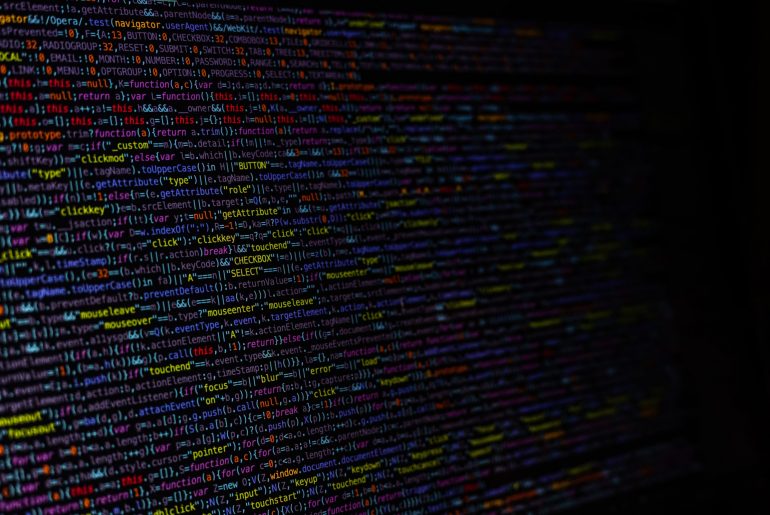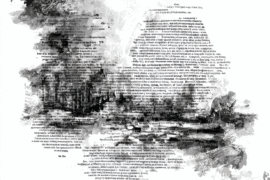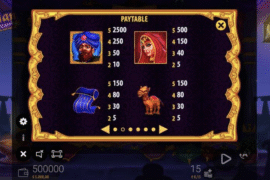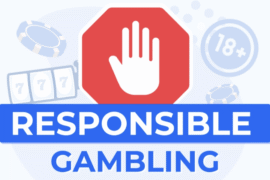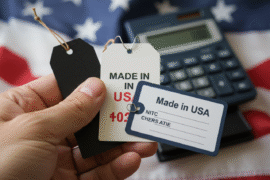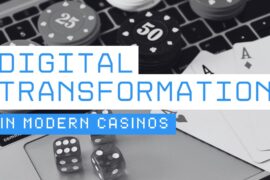This article may contain references to products or services from one or more of our advertisers or partners. We may receive compensation when you click on links to those products or services. Nonetheless, our opinions are our own.

Updated by Albert Fang
There is a lot of misunderstanding about what a blockchain is and how it differs from a database. The concepts of Blockchain and database are not interchangeable because, while they both store data, their designs differ. There’s also a difference in purpose between the two, which people may lose trying to figure out why blockchains are required and why databases are preferable for keeping specific data.
What is a database?
A conventional database is a data structure that gets used to store data. This database contains data to search for insights for structured reporting, which businesses utilize to support their financial and managerial choices. The government also uses databases to store enormous amounts of data, reaching millions of records.
- Databases began as flat-file hierarchical systems that allowed for accessible data collection and storage.
- Databases then adopted a relational paradigm, allowing for more complicated data collection by linking various databases.
- A database management system can arrange the information held in databases. A table is a data element that gets used to store data in a primary database. Each field has columns that describe the area as well as rows that construct a database record.
- A single person, known as an administrator, may change, administer, and govern a database.
- This user can create, remove, modify, and update any database record.
- They may also administer the database, such as improving performance and shrinking its size to more reasonable proportions. Because extensive database slows performance, administrators can use optimization strategies to boost speed.
- A database is also recursive, which means you may go back and perform an operation on a specific record, modifying or deleting it.
- Admins frequently delete outdated entries from databases that have either been backed up to another database or are judged obsolete.
- As we can see, a database necessitates a great deal of control, making it very centralized.
- It’s also permission, which requires an administrator to create user accounts and then define rights for how people may access a database. Next, they must make a separate set of permissions for database users who may edit and write data to the database.
- A conventional database’s centralization establishes the system’s security and trustworthiness. Many databases get housed on private networks behind a firewall in large corporations’ data centres. They still need to be managed by an administrator.
So, is Blockchain a database?
A blockchain is a cryptographically secure, unchangeable digital public record that is constantly expanding a distributed database in Bitcoin.
A blockchain is a digital ledger that stores data in blocks of consistent size. To guarantee cryptographic security, the hashed information from the preceding block contains each block.
The process of adding blocks to a BitIQ Auto-bot involves the use of game theory. Miners, or computers that act as nodes in the network, must fight with each other to find a value generated by the hash function known as the nonce.
To calculate this value, the miners must employ their computational resources, which necessitates the usage of sophisticated computer gear. A difficulty level is a mechanism embedded into the Blockchain that defines how difficult or easy it is to solve a value based on the network’s overall hashing power.
Decentralization refers to the storage of a copy of the Blockchain by all nodes on the web. A block of transactions cannot be validated since there is no supervisor. Instead, miners accomplish this verification by solving cryptographic problems with a complexity level proportionate to the available network hashing power.
The advantages of blockchain databases are just too many to get overlooked. Anything that offers a firm advantage over its competitors must get adopted soon in the business sector.
Conclusion
While purebred blockchain systems are not yet prepared to replace most existing databases, combining blockchain technology with a distributed database opens up a whole new world of possibilities.

Reviewed and edited by Albert Fang.
See a typo or want to suggest an edit/revision to the content? Use the contact us form to provide feedback.
At FangWallet, we value editorial integrity and open collaboration in curating quality content for readers to enjoy. Much appreciated for the assist.
Did you like our article and find it insightful? We encourage sharing the article link with family and friends to benefit as well - better yet, sharing on social media. Thank you for the support! 🍉
Article Title: What Database Is Used to Build Blockchain?
https://fangwallet.com/2021/10/27/what-database-is-used-to-build-blockchain/The FangWallet Promise
FangWallet is an editorially independent resource - founded on breaking down challenging financial concepts for anyone to understand since 2014. While we adhere to editorial integrity, note that this post may contain references to products from our partners.
The FangWallet promise is always to have your best interest in mind and be transparent and honest about the financial picture.
Become an Insider
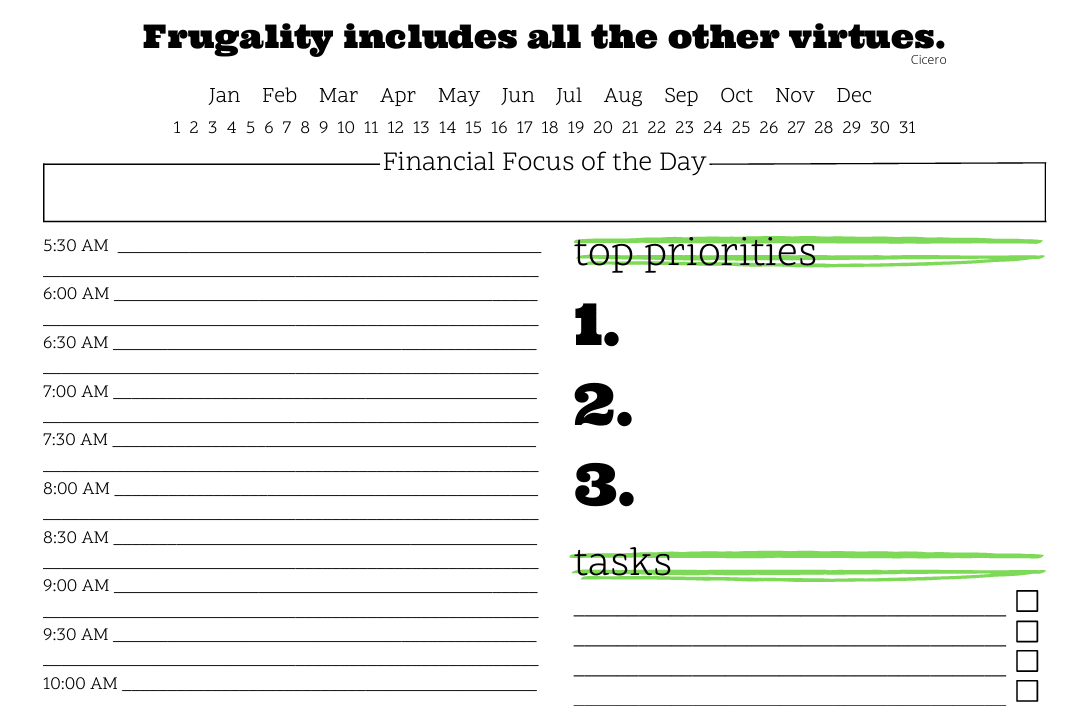
Subscribe to get a free daily budget planner printable to help get your money on track!
Make passive money the right way. No spam.
Editorial Disclaimer: The editorial content on this page is not provided by any of the companies mentioned. The opinions expressed here are the author's alone.
The content of this website is for informational purposes only and does not represent investment advice, or an offer or solicitation to buy or sell any security, investment, or product. Investors are encouraged to do their own due diligence, and, if necessary, consult professional advising before making any investment decisions. Investing involves a high degree of risk, and financial losses may occur including the potential loss of principal.
Source Citation References:
+ Inspo
